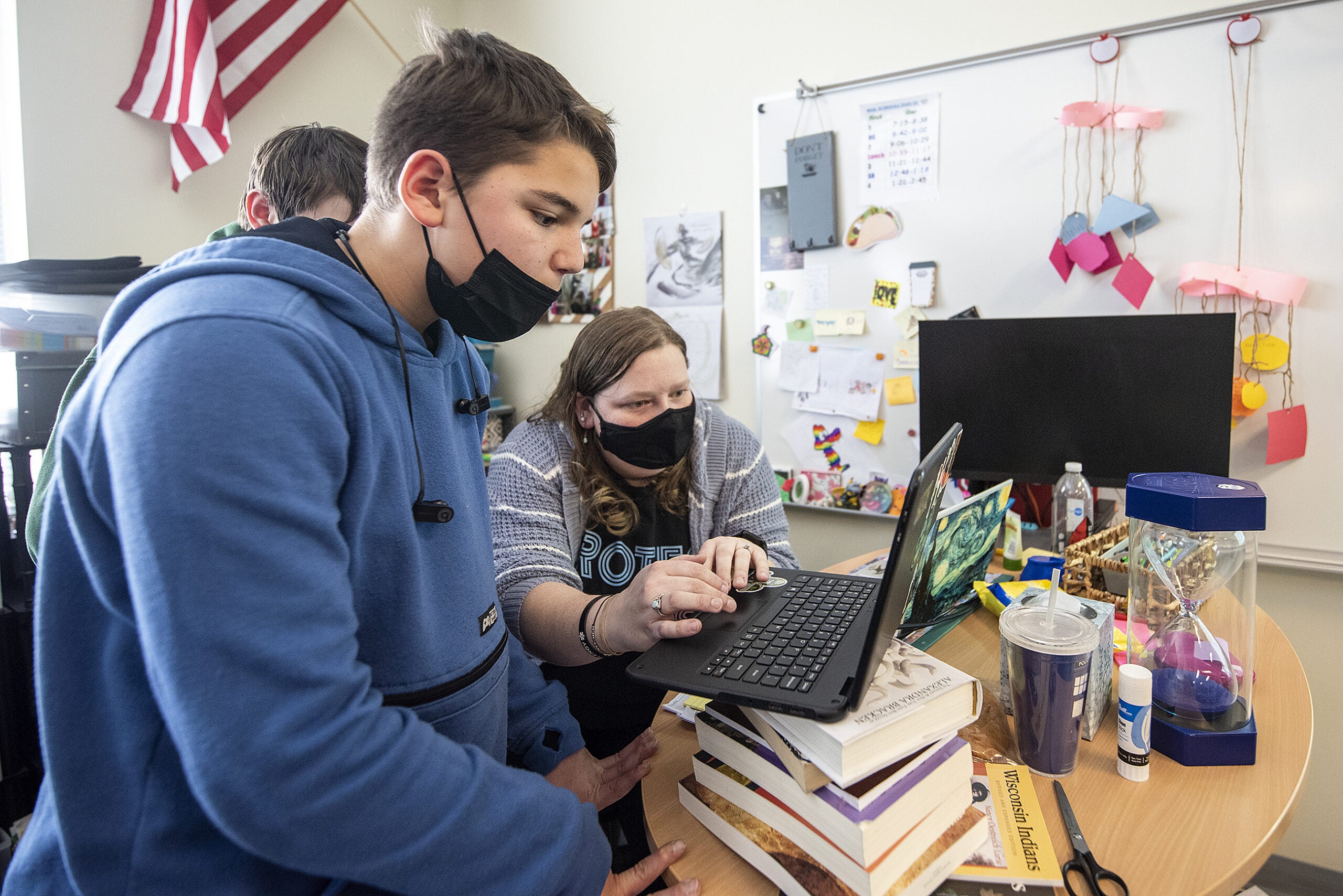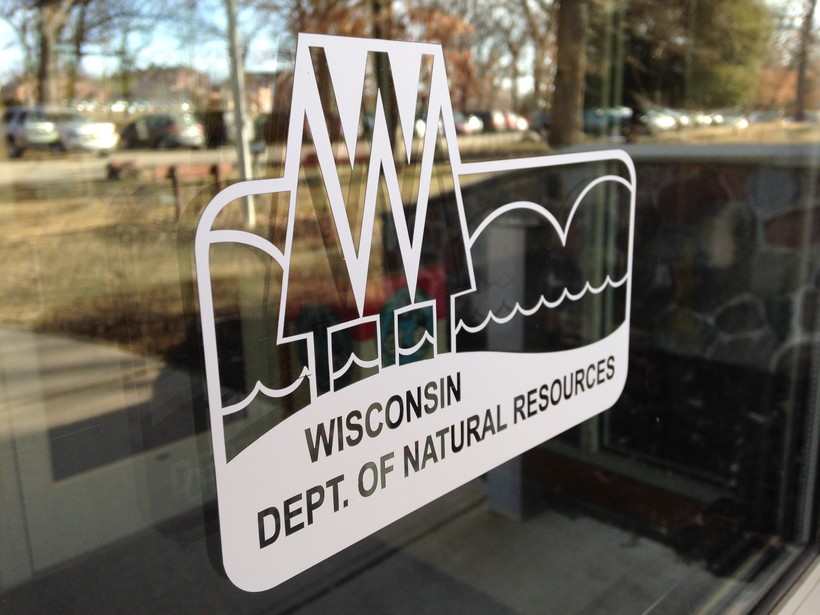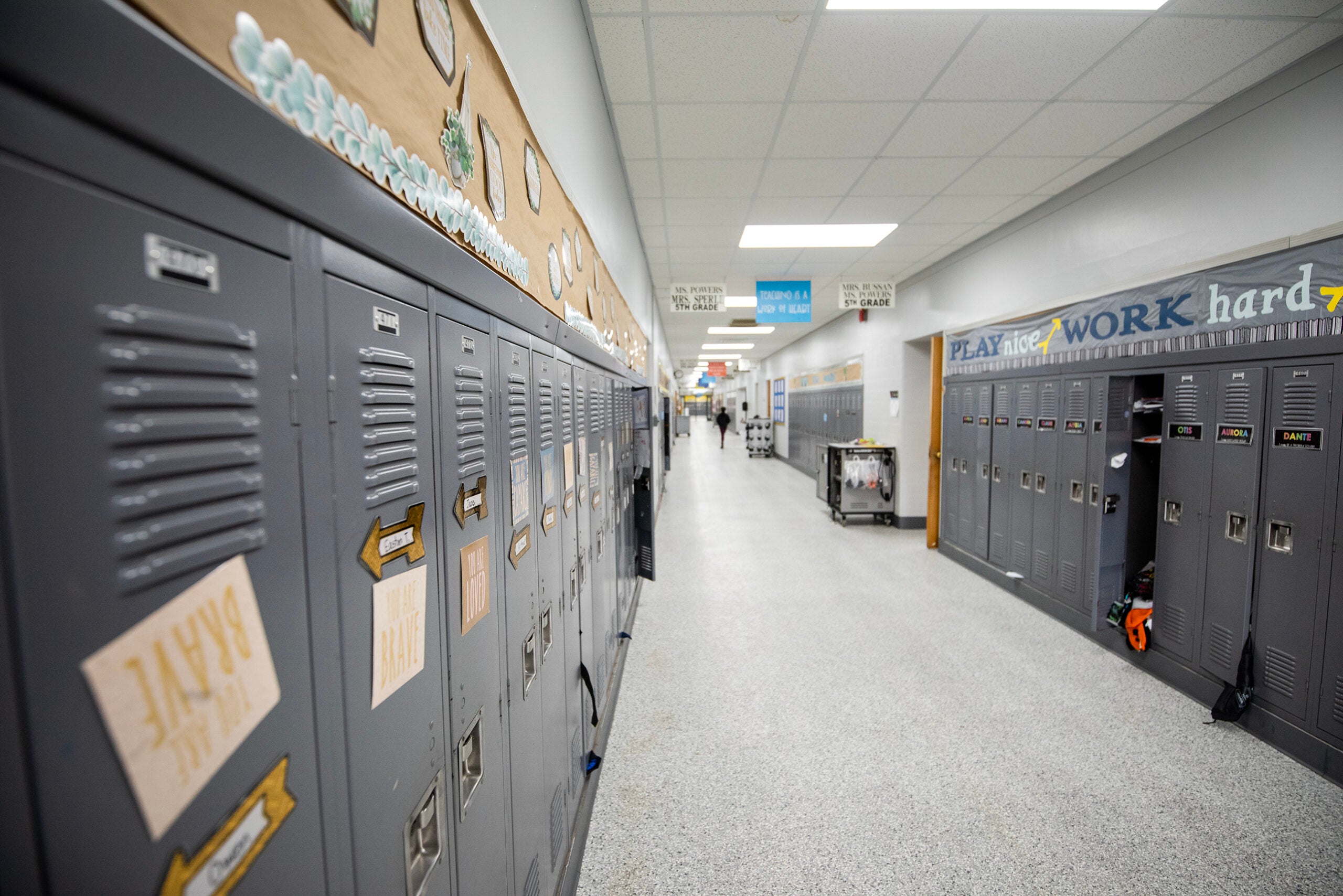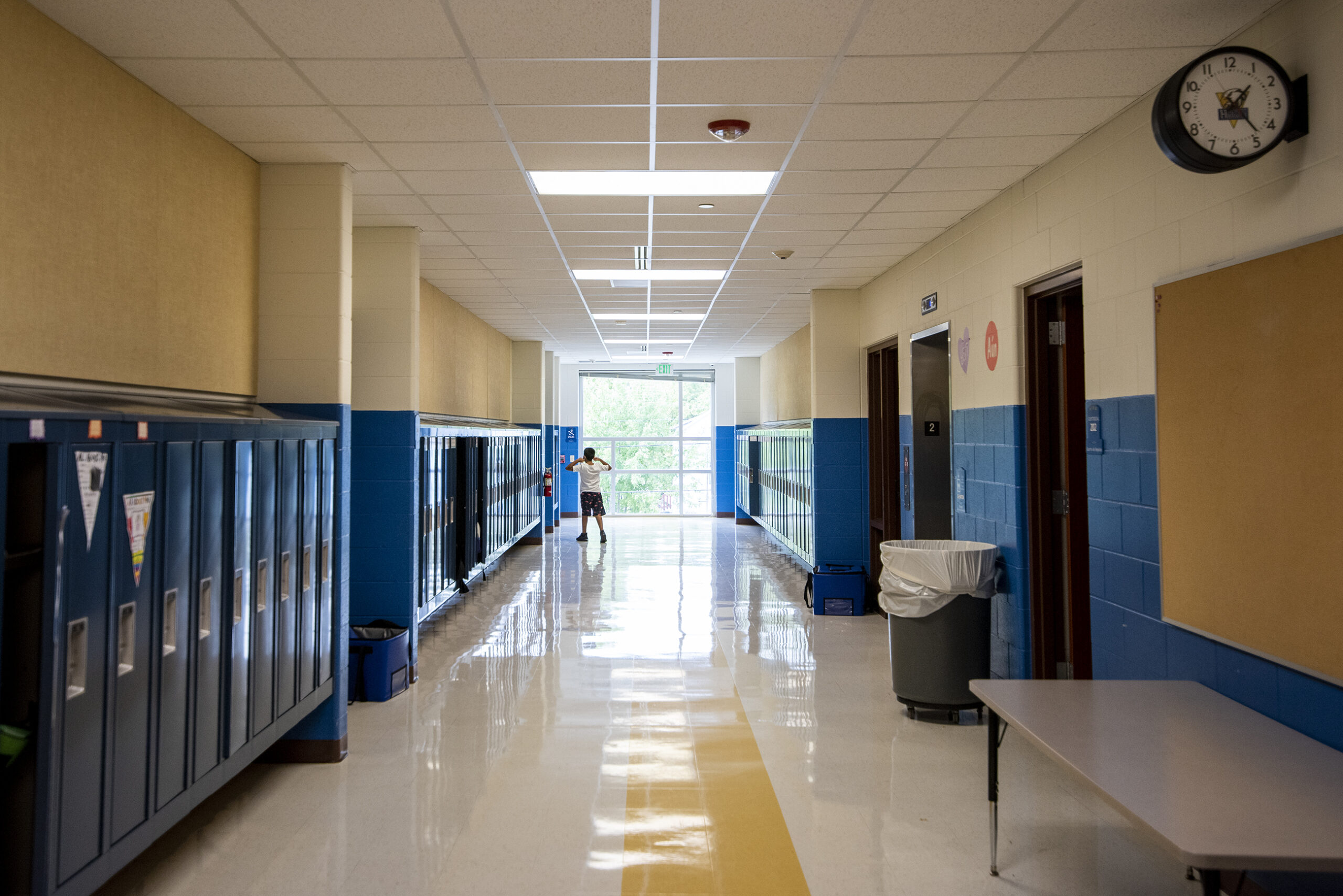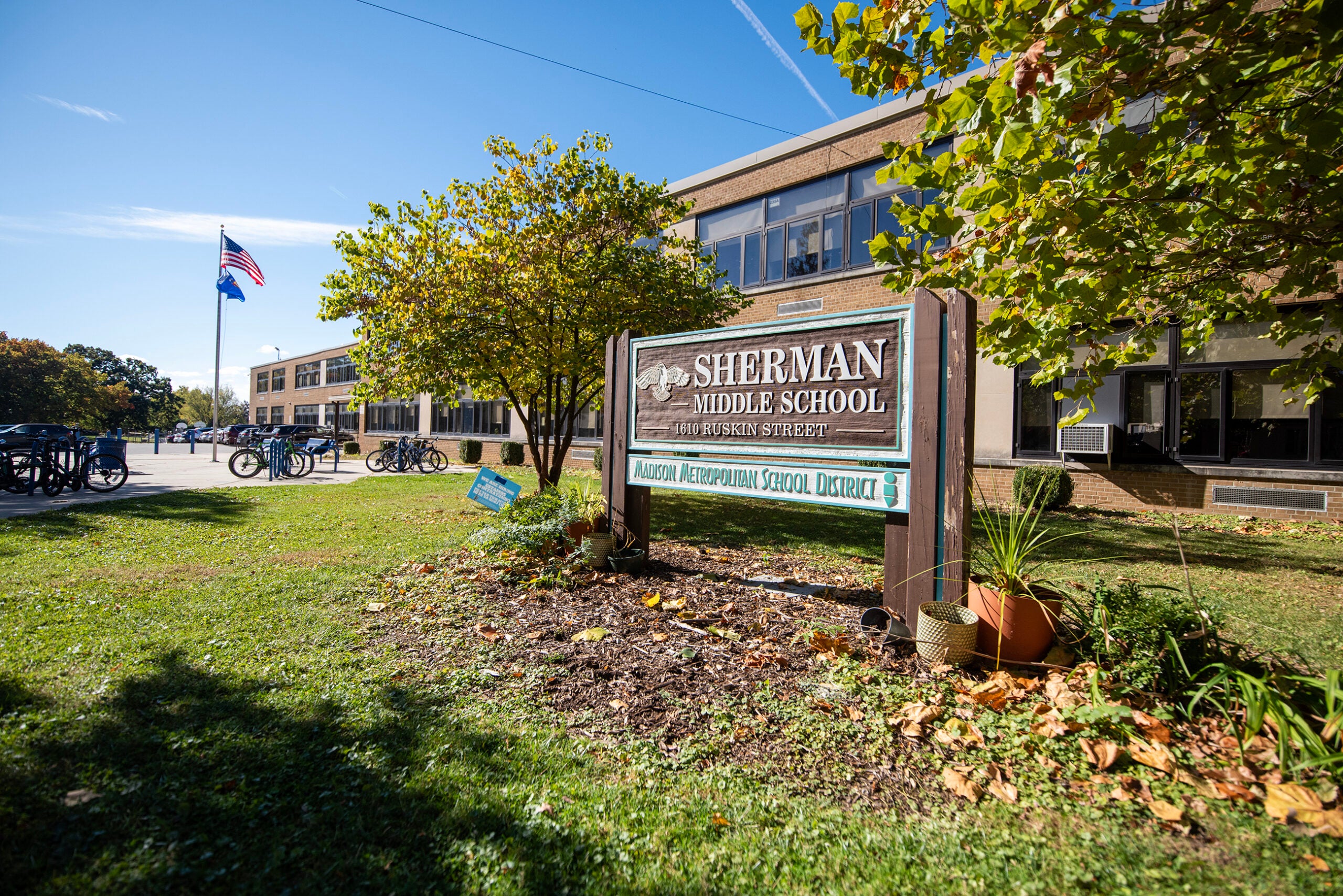Since the pandemic, millions of dollars have been available to Wisconsin school districts to improve air quality in aging buildings. But only about 20 percent of those federal dollars have been spent on replacing HVAC systems in schools.
If school districts want to avoid remote learning as seasonal viruses spread, the number one thing they can do is improve the school building’s ventilation, said Apoorva Mandavilli, New York Times science and global health reporter and the 2019 University of Wisconsin-Madison science writer in residence during a recent interview on The Morning Show.
“Wisconsin got more than $1.5 billion and the state spent about 20 percent of those funds,” Mandavilli said. “There is definitely plenty of money and all that is really required is will power.”
News with a little more humanity
WPR’s “Wisconsin Today” newsletter keeps you connected to the state you love without feeling overwhelmed. No paywall. No agenda. No corporate filter.
That money came from the American Rescue Plan, which provided $122 billion for the Elementary and Secondary Schools Emergency Relief (ESSER) Fund to help schools prevent the spread of, prepare for, and respond to COVID-19, including by improving indoor air quality, so school leaders across the country can improve ventilation in their buildings.
Wisconsin’s public schools received a total of nearly $2.4 billion in three rounds of ESSER funds and the Department of Public Instruction has documentation of how the money has been spent. HVAC improvements are not specifically broken down. They are included in general construction under “health and safety.”
Some school districts have used federal funds to improve HVAC.
In November 2021, the Granton Area School District, near Marshfield, planned to use ESSER funds to revamp the school’s HVAC system. The project was estimated to cost about $1.6 million.
The school board in Lake Mills voted in March 2022 to use ESSER money on a new HVAC unit that would serve one of the school’s food lab and agricultural classrooms.
DPI public records show Milwaukee Public Schools spent $92.2 million of its $505.5 million in ESSER funds on “health and safety” related construction, but it is unknown how much specifically went to HVAC improvements.
MPS has released a statement saying “millions of ESSER dollars (were spent) to improve air circulation in all schools, including upgrades to HVAC units, restoration of windows and installation of outdoor classrooms at all learning sites.”
Madison Metropolitan School District spent $15 million of its $42.5 million in ESSER funds on “health and safety,” but again, it is not known how much specifically went to HVAC improvements.
Schools could soon know more about their air quality. A pending Republican Assembly bill would require the Department of Health Services to randomly inspect and evaluate public school buildings. DHS would also have to respond to complaints about air quality in public schools, unless the building was inspected within the previous two years and no problems were identified, or the building was inspected within the previous six months and problems were identified.
Rep. Shae Sortwell, R-Two Rivers, is the lead sponsor on the bill. He said the idea came to him from a constituent who was hoping to create an air quality law for schools.
A 2009 law directed DPI to develop a task force to provide recommendations for improving Indoor Environmental Quality (IEQ) in schools but did not require enforcement. Sortwell said this bill won’t require school districts to improve their HVAC systems if the DHS inspection finds air problems, but will arm the district with information.
“If you have the test in hand that says we don’t have good filtration and we have the Canadian wildfires going on, that’s going to be a whole lot easier to sell to the community and say ‘we’ve got to make upgrades let’s go to referendum and get that done,’” Sortwell said.
Mandavilli said one of the reasons school districts have not done a lot to update HVAC systems and air quality is because there hasn’t been legal guidance or pressure.
“I think having some legal teeth behind this could be really useful, and knowing exactly how bad air quality is, is really the first step,” Mandavilli said. “You can’t really fix a problem unless you know what a problem is.”
Wisconsin Public Radio, © Copyright 2026, Board of Regents of the University of Wisconsin System and Wisconsin Educational Communications Board.

